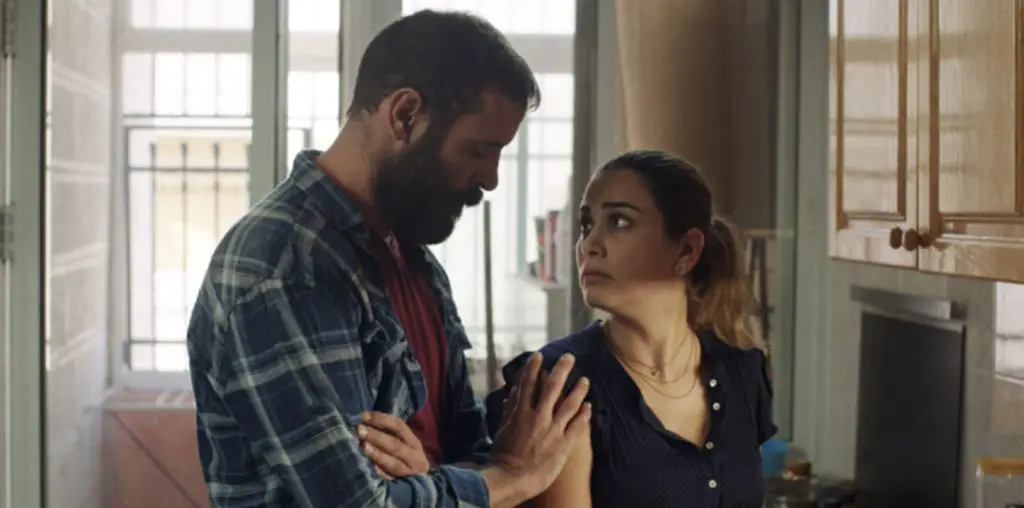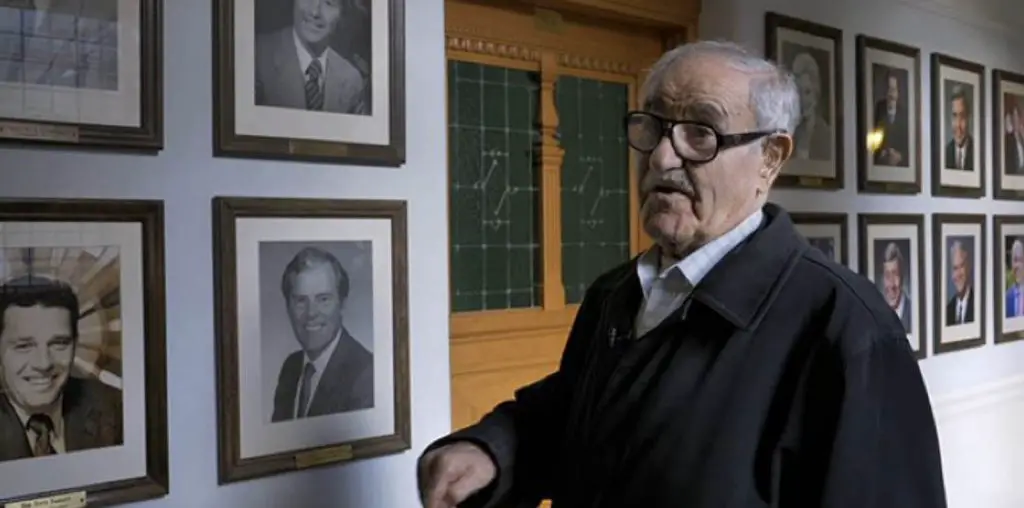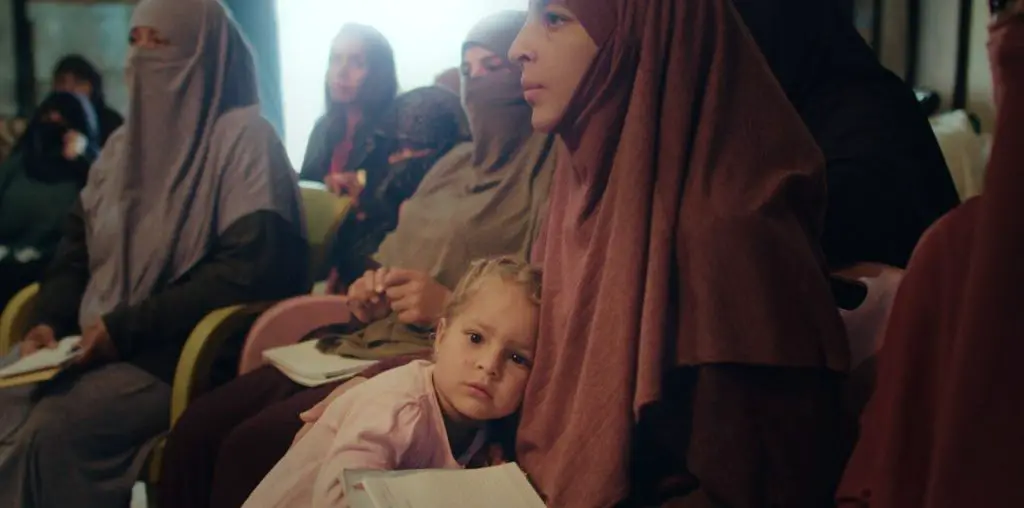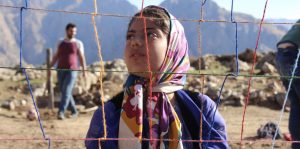
The Blue Girl is the first feature film from Keivan Majidi. Through his documentary, the writer/director tries to talk about the challenges of living in the remote villages of Iran with a sweet tone as he narrates a very personal story. A group of kids living in a small town in the mountainous region of Kurdistan wants to make their own football pitch. As they live on a mountain, there is not much flat ground suitable for playing. So the kids undergo a journey to the summit to find the right place to realize their dream. They are led by the only adult in the village that actively supports them, Jamal. They call him Ruud Gullit since he’s a hardcore fan of the Netherlands national soccer team.
The film is narrated by one of the children, Hima. She is a fan of Esteghlal F.C, one of the most famous soccer teams in Iran. Since the official color of Esteghlal F.C is blue, Hima always wears blue clothes. The Blue Girl relies quite a bit on her narration. Her childish honesty and frankness bring a unique tone to the narrative, making the film entirely self-explanatory. So rather than be a social drama, the production is a straight retelling of the events, devoid of any twists.
The children decide to build a football pitch, and they do that without any unforeseen challenges. Although the villagers do not participate, they do not dissuade the children either. Everything goes on pretty smoothly, and they get to play against each other on the pitch. This lack of drama is a waste of potential that just cannot be ignored.
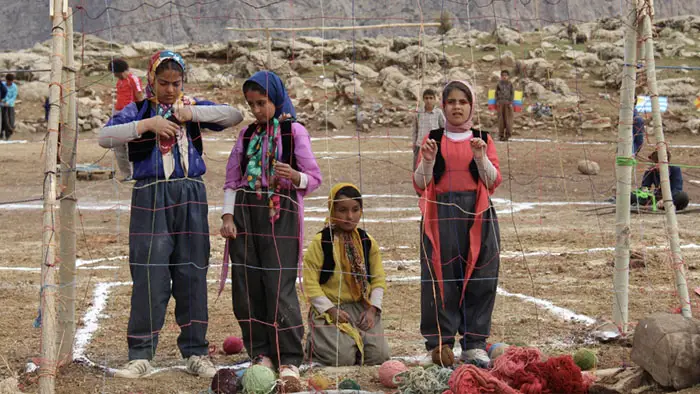
“…kids living in…the mountainous region of Kurdistan want to make their own football pitch…”
For those who are more familiar with independent films in Iran, Majidi’s directing style shares some familiar elements with well-known directors such as Abbas Kiarostami and Majid Majidi. The director tries to tell the story through a child’s perspective while noting some social and political issues in a minimalistic manner; topics such as the land mines that remain around the village from the Iran-Iraq war or the arrest and death of the original Blue Girl, Sahar Khodayari. The film tries to avoid controversy, so it does not elaborate on any of the dilemmas previously mentioned.
As the writer and director, Majidi does not want to turn this into a grim tale and prefers happy endings with small doses of politics. But, then, why tell the journey of these children and the football pitch? What is gained by knowing they prevail with minimal hardships? Well, this is where the director succeeds. It is a look at the collision of culture, tradition, and children’s hopes for their future. Majidi looks at and celebrates all of this with a keen eye and a big heart.
The Blue Girl is a documentary about the difficulties of Kurds who live in the underdeveloped borderlands of Iran. It focuses on the power of the will and resolve of those people while sending a clear message about equality and love. Even though the plot seems insignificant, by addressing the traditions and culture of the people in this small village, The Blue Girl becomes a heart-warming experience.
The Blue Girl screened at the 2021 MOOOV Filmfestival.
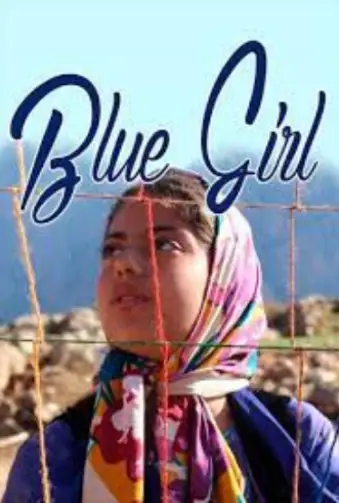
"…a heart-warming experience."
